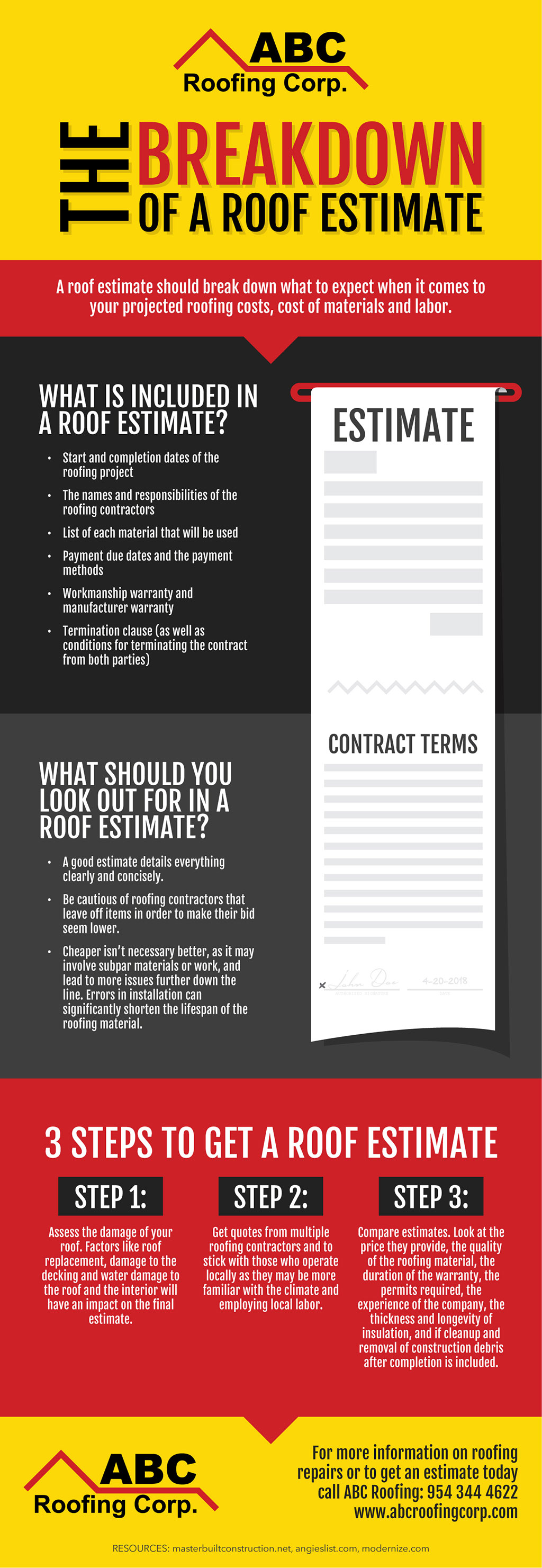Common Roofing Installation Mistakes And Tips For Preventing Them
Common Roofing Installation Mistakes And Tips For Preventing Them
Blog Article
Authored By-Parsons Padilla
When you're intending a roof covering installation, it's very easy to overlook crucial information that can bring about substantial problems down the line. You could be lured to cut edges on material choice or avoid correct flashing installment, but these common errors can bring about pricey repair services later on. Recognizing the significance of air flow and adhering to neighborhood building ordinance is important for a successful task. So, what are the key steps you should require to ensure your roof covering stands the test of time? Let's explore some effective methods to avoid these risks.
Poor Product Selection
When it concerns roof installment, picking the incorrect materials can lead to pricey problems down the line. You could think that any type of roof covering product will do, however that's an usual misconception. It's essential to pick materials that fit your local climate and the specific requirements of your home.
For example, if you stay in a location with hefty rain or snow, opting for asphalt roof shingles may not be the best option. Rather, consider even https://news.crunchbase.com/news/roofr-raises-3m-to-make-roofing-transparent/ lasting choices like steel or slate.
Furthermore, take note of the top quality of the materials you're thinking about. Cheap products may save you cash upfront, however they commonly lack longevity and can cause constant repair services or replacements.
You need to additionally think of the style of your home and ensure the products you select will keep its visual appeal.
Finally, do not forget to consult with experts. They can provide beneficial understandings and suggest products that abide by local building codes.
Investing time in proper material option now can help you avoid frustrations and expenditures in the future, making your roof task a success.
Inadequate Flashing Installment
Choosing the ideal products isn't the only aspect that can cause roof covering problems; poor blinking installment can likewise produce substantial concerns. Flashing is important for guiding water away from prone locations, such as chimneys, skylights, and roof valleys. If it's not installed properly, you run the risk of water invasion, which can bring about mold and mildew development and architectural damage.
When you mount blinking, guarantee it's the best type for your roofing system's layout and the neighborhood environment. As an example, steel blinking is typically a lot more durable than plastic in areas with hefty rain or snow. Make certain the blinking overlaps appropriately and is secured snugly to stop gaps where water can permeate via.
You ought to also pay attention to the installation angle. Flashing ought to be placed to guide water far from your house, not towards it.
If you're not sure regarding the setup process or the products needed, seek advice from a specialist. https://roof-inspections62751.anchor-blog.com/12706946/the-requirement-of-regular-roof-covering-evaluations-to-prevent-considerable-repair-work-prices can help determine the very best flashing alternatives and make certain whatever is mounted properly, securing your home from possible water damage.
Taking these steps can conserve you time, cash, and frustrations later on.
Neglecting Air Flow Needs
While numerous home owners focus on the visual and architectural aspects of roof covering setup, overlooking ventilation needs can bring about major long-lasting effects. Correct air flow is important for regulating temperature level and moisture levels in your attic room, protecting against problems like mold and mildew development, timber rot, and ice dams. If you do not set up ample ventilation, you're establishing your roof covering up for failure.
To prevent this mistake, initially, analyze your home's particular air flow needs. A balanced system commonly includes both intake and exhaust vents to promote air flow. Ensure you've set up soffit vents along the eaves and ridge vents at the optimal of your roofing. This mix enables hot air to leave while cooler air gets in, keeping your attic room area comfy.
Also, think about the type of roofing material you've selected. Some products might require additional air flow strategies. Confirm your regional building codes for ventilation guidelines, as they can differ substantially.
Lastly, do not neglect to evaluate your ventilation system on a regular basis. Obstructions from particles or insulation can hinder airflow, so maintain those vents clear.
Conclusion
In conclusion, preventing typical roofing system installment blunders is vital to guaranteeing your roof's durability and effectiveness. By picking the right products for your environment, installing flashing properly, and addressing air flow needs, you can avoid costly issues later on. Don't forget to acquaint yourself with neighborhood building ordinance and schedule normal inspections. With these actions, you'll delight in a risk-free, resilient roofing system that secures your home for many years to find. Satisfied roofing!
